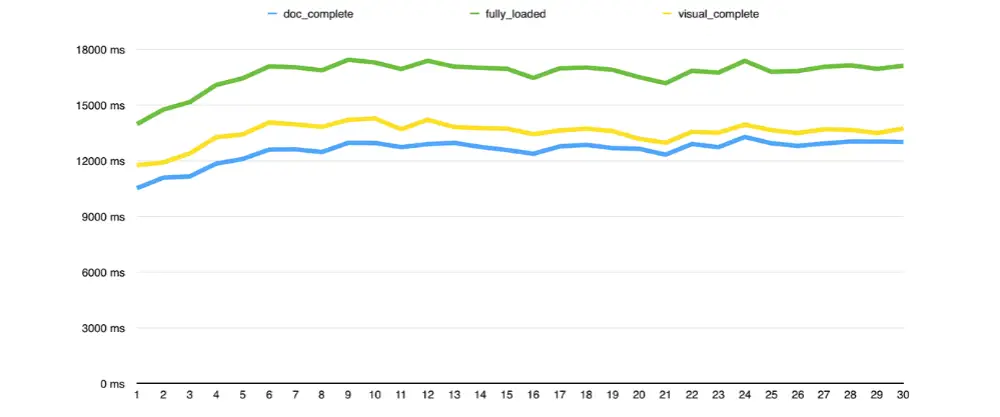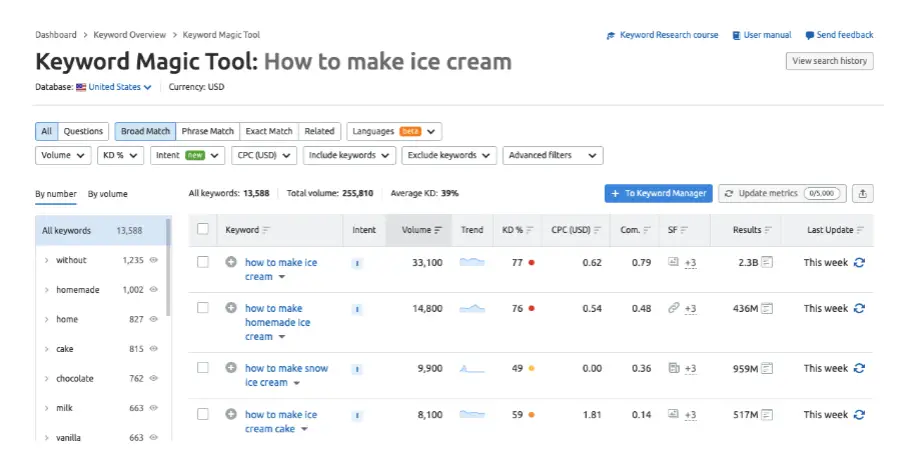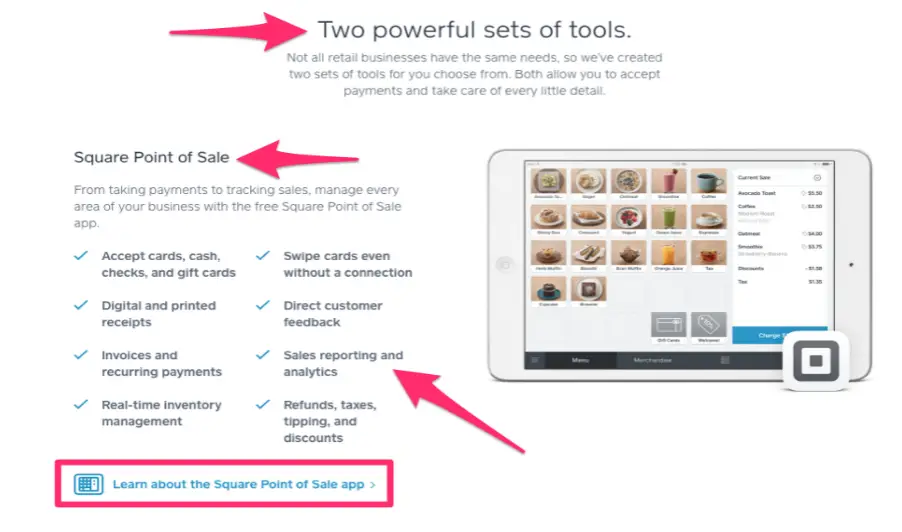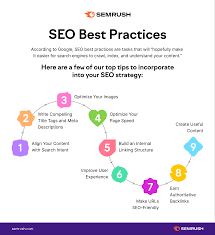If you rely on people to find you through Google search, then search engine optimization (SEO) should be at the top of the priority list. Ranking in SEO refers to the position of a website on the search engine results page. Various ranking factors determine whether a website appears higher on the SERP based on the relevance of the content to the search term or the quality of the backlinks pointing to the page. There are various things you can do to increase your chances of ranking higher in Google searches. Follow these ten steps to improve SEO.
1. Improve Page Loading Speed
Your page load time is essential for various reasons. Firstly, if your loading speed is too slow, Google will notice and will affect your rankings. But a slow website can also affect how your website visitors interact with your pages. As a result, these negative interactions will also affect your rating.

2. Create Content Based On Researched Keywords
Keyword research for your content not only helps develop the framework of your article; it also allows you to understand your audience wants to read so you can build a content strategy that works for them. Keywords should appear naturally in your content and shouldn’t feel forced. So, one way to do this is to identify keywords that are semantically related to your primary keyword target.

3. Proper Title
Search engines read the title tag, or meta title, as an essential indicator of a page’s content. Your title tag is the link people see on a search engine results page, so make sure to include keywords that users search. This title is different from the bold title people see on your site, which is usually the title tag described in the next step. Therefore, if it helps to get more clicks, you can write one title for the search engine results page (SERP) and another for your website.

4. Give URL A Purpose
Page URLs are often ignored, so don’t let that happen to you! URLs will also benefit from keyword research. If you are using a CMS such as WordPress, the site name will appear in the URL. Before launching the page, review the title you have given and check the URL. You can also update it to include the keywords you found. If you’ve already published the page, redirect visitors from your old site to the new one.

5. Mobile-Friendly Designs
It’s no secret that more and more users are accessing your website from mobile devices. So, your website design should be mobile-friendly. Also, optimize images, code, and content to load every page quickly. Visitors will leave websites slow, and search engines will notice. That is why having a fast website will improve your search engine rankings. It would help if you had great content, but website design and development matter when you ask how to get your site to rank.

6. Sharing On Social Media
Every business and website should be available on different social media. There is pretty common knowledge. But what is not well known is that you can improve your SEO ranking if people share links of your website on social media. So, one of the best ways to do this is to include social sharing icons on all your content. It would help if you shared the links on your social networking sites. When this information appears on a user’s timeline, it only takes one click for them to share it.

7. Proper Formatting
Take your time when creating the layout for your website. It should be neat, clean, organized, and untidy. Think about things like your font size and typeface. Use colored, bold, and italic text sparingly. Elements like bullet points and checklists make it easy for visitors to navigate your piece of writing.

8. Optimize Images
It’s easy to see image optimization as an afterthought for improving SEO. However, it can help increase traffic to your website when done correctly. Since humans are visual creatures, it makes sense to use visual writing. Incorporating visual aids into your report has many
benefits.

9. Diversify Your Backlink Portfolio
Even if you follow all the tricks related to on-page SEO, your writing is still not guaranteed to be on the first page of Google. Therefore, generating backlinks from high authority sites should be a part of your strategy. A diverse portfolio of backlinks tells Google that your site is an authoritative source and that you’re building links organically instead of relying on outdated approaches or other spammy tactics.

10. Stratergy Making
Tracking your site’s performance can help you understand what’s working for your audience and what’s not. This way you can create more writing with their likes and dislikes. Your analytics can tell you which pages users entered your site and on which pages they left.



















